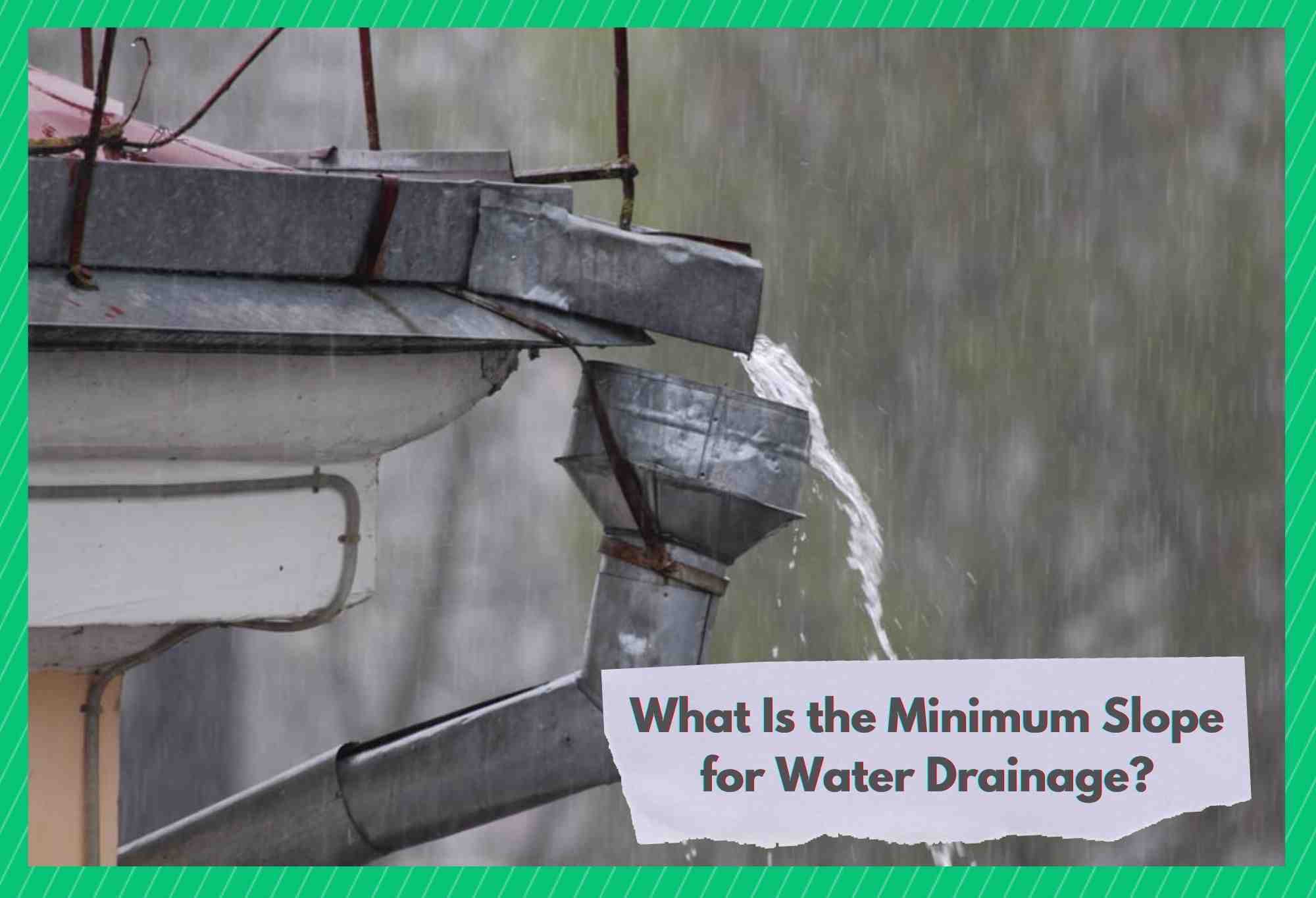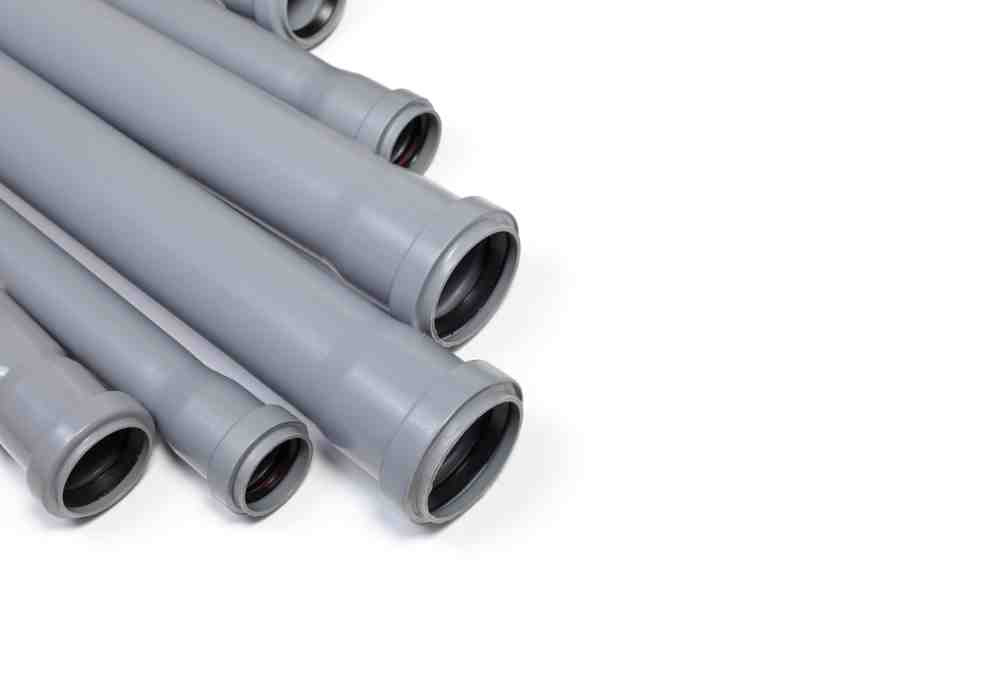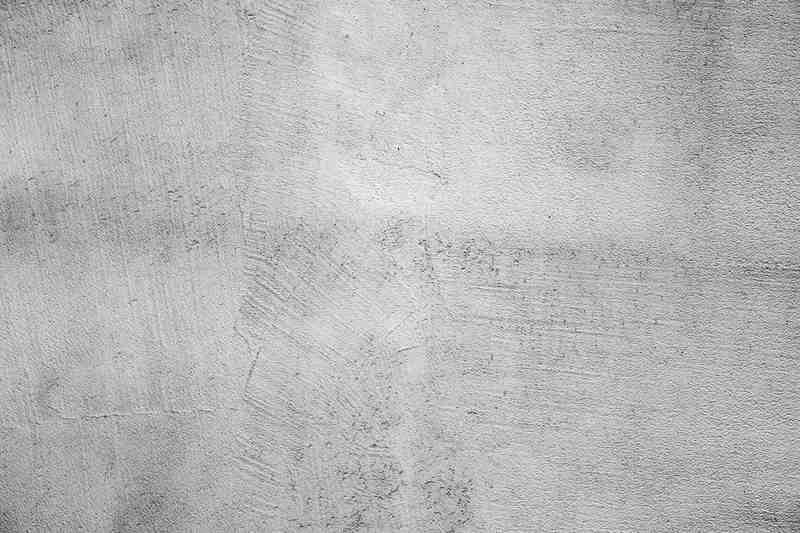
A survey suggests that around 80% of Americans have lawns at home. They are more than just looks. Not only do they add value to your home, but they also contribute to improved air quality in your home.
They reduce the carbon dioxide content and improve the oxygen level in the air, thus benefiting the environment.
Having said that, proper landscaping is important for a lawn’s well-being. It ensures good soil quality and prevents your lawn from harmful insects and weeds.
However, any gardener will tell you that landscaping involves many complications, such as the minimum and ideal slopes for water drainage. With the right drainage system, water will not accumulate in your yard.
It is no secret that contaminated rainwater can harm your plants and healthy grass. So, it is recommended to seek professional help to ensure proper drainage.
However, if you want to undertake the landscaping on your own and are unsure about the minimum slope for water drainage, this article is for you. We will discuss the minimum and ideal slope for water drainage hereinafter. Let’s get started!
What Is the Minimum Slope for Water Drainage?
The slope is the most important consideration when it comes to drainage. If your backyard has a poor slope, the water will accumulate instead of draining, causing all sorts of problems for your plants. So, what is the minimum slope for water drainage?
Diameter
Well, there is no plain and simple answer to this question. Depending upon the diameter of the drainage pipe and the discharge rate that you’re planning on achieving, many factors can impact the slope.
However, most of the time, people rely on a 1 percent slope while using standard pipes over moderate distances.
However, if the pipe diameter is larger than 150mm and you want to increase the amount of discharge, you will have to increase the slope.
Depends On The Surface
The slope for water drainage mainly depends on the surface. Once percent slope works fine for paved surfaces, but other surfaces need an increased slope for better drainage . It is recommended to have at least a two percent slope for yards.
So, if you are looking for a drainage system for your lawn, you would not have to go through the hassle of calculating the slope. You can follow the rule of thumb and keep it one percent.
It has worked perfectly for many homeowners, and it will give you an efficient drainage system.
As the diameter of the pipe goes up, you will also need an enhanced discharge rate. To achieve this, you will have to slightly increase the slope of the pipe. Usually, it is not more than two percent.
However, if you have huge pipes in your home, you may need to go as high as 2.5 percent. For pipes of 2 ½” size, a 2.08% slope is recommended.
Concrete Surface
The standard slope for a concrete surface is ¼ inch drop for one foot. To calculate the difference in height between the ends of a patio or a walkway, multiply the total length by ¼. In other words, a four-foot-wide patio should slope an inch away from the structures.
Weather Conditions
The minimum slope for water drainage also depends on the area’s weather conditions. It can vary from ⅛ to ⅜ inch drop per foot. In areas with drier climates, ⅛ inch per foot works just fine. It will drain all the water efficiently, ensuring a healthy lawn.
However, in areas that get a lot of rain, ⅜ inch per foot will do the job by shedding extra water. So, it is important to consider the surrounding conditions when crafting a slope.
All in all, it is a good step to start from a flat 1 percent slope. If you’re not satisfied with the discharge rate, increasing the slope will help you achieve your desired drainage.
It all can consume an awful lot of your time, so consider reaching out to a professional to get sloping done for an efficient drainage system.
As you can see, sloping is a complicated process, and it can leave you in a lurch, especially if you are doing it for the first time. If not carried out the right way, it could be a nightmare for homeowners. So, it is a great idea to hire a professional to do the sloping at your home.
Why To Hire a Professional?
There are many companies that offer sloping services for proper water drainage. However, not every company is to be trusted. The last thing you’d want is to hire a rookie company that will ruin your lovely green yard.
The Internet is a great place to find competent and knowledgeable companies. If researching online is not your thing, you can also seek referrals from your friends and neighbors.
And yes, hiring a company will not break your wallet either. One of the main reasons why people are skeptical about seeking professional help is that they think professional services can cost a great deal of money.
However, it turns out that you can hire a company for sloping even on a tight budget.
How to Calculate a Slope?
If you want to calculate the scope for water drainage in your yard, a simple equation can help you find it.
- Equation for Slope Calculation
Below is the equation to find slope.
Rise/Run = Slope
However, if solving equations is not your thing, the good news for you is that slope calculator devices, also known as inclinometers, are also available in the market that calculate the slopes accurately. They show you accurate readings of the slope so that you can craft a perfect drainage system in your home.
With an inclinometer, you won’t have to calculate the slope manually. These devices are readily available all over the world and are super easy to use.
Final Thoughts
Sloping is an important aspect of a drainage system. Although the one percent rule works in most cases, it can also vary depending on various factors. It varies according to your surroundings, surface, and pipe diameters.
It usually ranges from one percent to 2.5% percent. Consider using an inclinometer to calculate a slope accurately.




